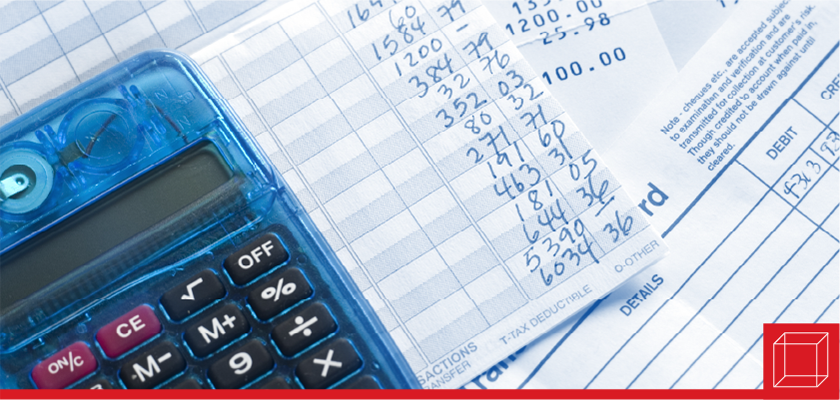The 50% of the 50/20/30 Rule
In a previous post, I outlined the basics behind the 50/20/30 budgeting rule. In this post, let’s take a deep dive into the 50% of that rule.

In a previous post, I outlined the basics behind the 50/20/30 budgeting rule. In this post, let’s take a deep dive into the 50% of that rule.
50% for Needs
According to the 50/20/30 budgeting rule, no more than 50% of your after-tax income should be spent on your needs. Needs are items that are necessary for survival. These include mortgage payments or rent, utilities, car payments and maintenance, groceries, home and car insurance, healthcare, and minimum debt payments. The needs category should only include necessities but not items such as entertainment or eating out.
Step 1: Estimate average grocery, healthcare, and minimum debt payment spending
The best way to get started on this category is to first monitor how much is spent in your household on groceries, healthcare, and minimum debt payments. Once you have a good estimate of how much is spent on these items on average, you can then decide how much remains for housing and vehicles.
Here’s an example of this first step:
Taylor’s after-tax income is $4,000 per month. Taylor monitors his spending for a couple months and realizes he spends $500 a month on groceries and $150 a month on healthcare. Taylor also has $50 in minimum debt payments each month. This leaves $3,300 to be spent on housing and vehicle expenses.
Step 2: Housing
The second step of the process is to determine how much can be spent on a home purchase or rent. Often, lenders will pre-approve individuals for a mortgage that is much higher than 50% of after-tax income. Once a potential home buyer starts looking at homes that are at a higher price than what they should be spending, it can be difficult to adjust to a less expensive home, so making this calculation prior to looking at home is a great strategy.
When estimating total housing cost, it is important to include a budget for property taxes, home insurance, utilities, repairs, and maintenance. A good rule of thumb for estimating annual home maintenance cost is to budget about $1 for every square foot of livable space. For example, a 2,000-square-foot home would require a $2,000 maintenance budget annually or about $167 per month.
Step 3: Transportation
Once you know how much you’ll be spending on housing, the last item to include in the 50% needs category is transportation; this can be either vehicle costs or public transportation costs. Vehicle costs should include monthly car payments, fuel, insurance, and maintenance.
If you find that you are spending more than 50% of your after-tax income on your needs, you may need to make a lifestyle change. For example, you could consider downsizing your home or choosing a less expensive vehicle or switching to public transportation. Other smaller changes can include purchasing food in bulk, choosing less expensive types of food, searching for discounts, and purchasing smaller quantities of perishable items rather than allowing food to go to waste.



